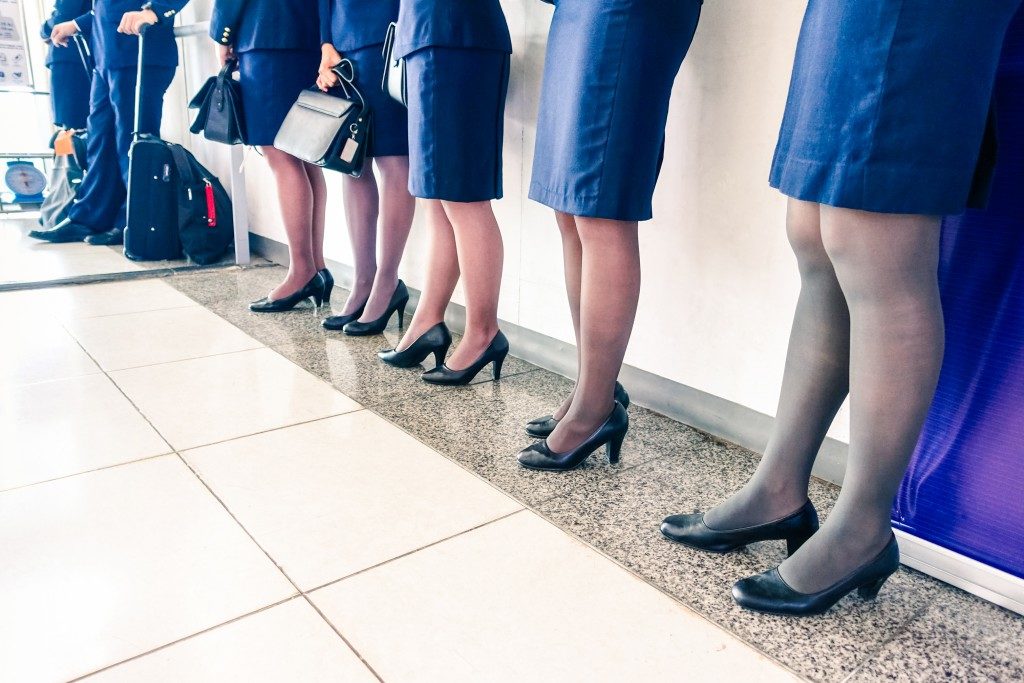Some industry or company uniforms are very distinct, and they become part of the business’s identity. All over the world and in New Zealand as well, corporate uniforms represent a brand, company, message, or identity. Take, for example, flight attendant uniforms. Over the decades, flight attendant uniforms have become the epitome of high fashion, functionality, and comfort.
The Attire that Started All

The first-ever style that started the series of flight attendant uniforms is the military-like uniform. Flight attendants or flight attendants wore this uniform from 1940 to 1942, and it included a navy blue jacket, a pleated white silk blouse, brass buttons, a gored skirt, an overseas cap, and white gloves. This attire did not come cheap since it came from a famous department store in Atlanta. It cost around $110, and the price was deducted from employees’ paychecks.
A Sleeker Style Emerges
In the years 1954, flight attendants started to wear a new uniform. It was a form-fitting and light-blue set with an overseas cap and navy and white stiletto spectator pumps. This uniform was designed to suit the weather of warm and tropical destinations.
Brighter Colors – and More Options
Between 1968 to 1970, flight attendants’ uniforms had a touch of winter. Inside the red topcoat was a wool A-line dress that was either black or red, a double-breasted black jacket, black gloves, and alligator print pumps. They used a fashionable and trendy bag to complete the look of the attendants.
During the summer of 1969, vibrant colors were seen in the sky. The standard uniform was a set of 3 polyester-knit dresses in different pastel colors: aquanox blue, grenelle green, and sunshine yellow.
Back to Basics
Suits reclaimed their spot during the 1980s, and flight attendants found various ways to rock the trend while keeping the tone of navy blue.
With a new decade came a new look for every flight attendant. Between 1979 to 1983, the basic uniform (jackets, pants, and skirts) had three different colors: beige, taupe, and rose. The attendant could choose a pleated pant/skirt, and there was a wide selection of gabardine and silk jumpers and dresses.
During the year 1983, the uniform returned to its original and traditional look. Flight attendants wore tailored navy blue suits. This style became the longest-lived uniform, and the first featured maternity clothing through a loose, navy jumper.
Uniforms Created by Professionals
In the year 2006, many airlines started to work with professional designers in creating the most suitable uniform for their flight attendants. The most common among them were paired blue staples that came with bold pops of red, such as a red wrap dress that showcased a cinched waist. Over the years, there were little twerks with the designs so that they could meet the comfort and needs of every flight attendant.
Uniforms have the power to boost the confidence of people, and that is very true for flight attendants. The service that they can provide to their guests can be affected by how confident and comfortable they are with what they wear and how they look.

